Growth in Automotive Applications
The Microspheres Market is experiencing growth driven by the increasing use of microspheres in automotive applications. These microspheres are utilized in lightweight materials, coatings, and insulation, contributing to improved fuel efficiency and performance. The automotive sector is undergoing a transformation towards more sustainable practices, with a focus on reducing emissions and enhancing vehicle efficiency. As manufacturers strive to meet regulatory standards and consumer demands for greener vehicles, the adoption of microspheres is likely to rise. The market for microspheres in automotive applications is expected to expand, reflecting the industry's commitment to innovation and sustainability.
Advancements in 3D Printing Technologies
The Microspheres Market is poised for growth due to advancements in 3D printing technologies. Microspheres Market are increasingly used as additives in 3D printing materials, enhancing the properties of printed objects, such as strength and flexibility. The 3D printing market is projected to grow at a compound annual growth rate of over 20%, driven by applications in various sectors including aerospace, healthcare, and consumer goods. As industries adopt 3D printing for rapid prototyping and production, the demand for microspheres is likely to increase. This trend indicates a promising future for the Microspheres Market, as it aligns with the evolving needs of modern manufacturing.
Rising Demand in Healthcare Applications
The Microspheres Market experiences a notable surge in demand due to the increasing utilization of microspheres in healthcare applications. These microspheres are employed in drug delivery systems, diagnostic imaging, and tissue engineering, enhancing the efficacy of treatments. The market for microspheres in the healthcare sector is projected to grow at a compound annual growth rate of approximately 10% over the next few years. This growth is driven by the need for targeted therapies and the development of advanced medical devices. As healthcare providers seek innovative solutions to improve patient outcomes, the Microspheres Market is likely to expand significantly, reflecting the critical role of microspheres in modern medicine.
Expansion in Construction and Building Materials
The Microspheres Market is witnessing an expansion fueled by the increasing application of microspheres in construction and building materials. These microspheres are utilized to enhance the properties of concrete, insulation materials, and coatings, contributing to improved energy efficiency and reduced weight. The construction sector is projected to grow steadily, with a focus on sustainable building practices. As a result, the demand for lightweight and high-performance materials is expected to rise, driving the adoption of microspheres. The market for microspheres in construction is anticipated to reach a valuation of several billion dollars, indicating a robust growth trajectory in the coming years.
Innovations in Cosmetic and Personal Care Products
The Microspheres Market is significantly influenced by innovations in cosmetic and personal care products. Microspheres Market are increasingly incorporated into formulations for skin care, makeup, and hair care, providing benefits such as improved texture and enhanced delivery of active ingredients. The Microspheres Market is projected to grow at a rate of around 5% annually, with a rising consumer preference for products that offer multifunctional benefits. This trend is likely to bolster the demand for microspheres, as manufacturers seek to differentiate their offerings. The integration of microspheres into personal care products not only enhances performance but also aligns with consumer expectations for quality and efficacy.
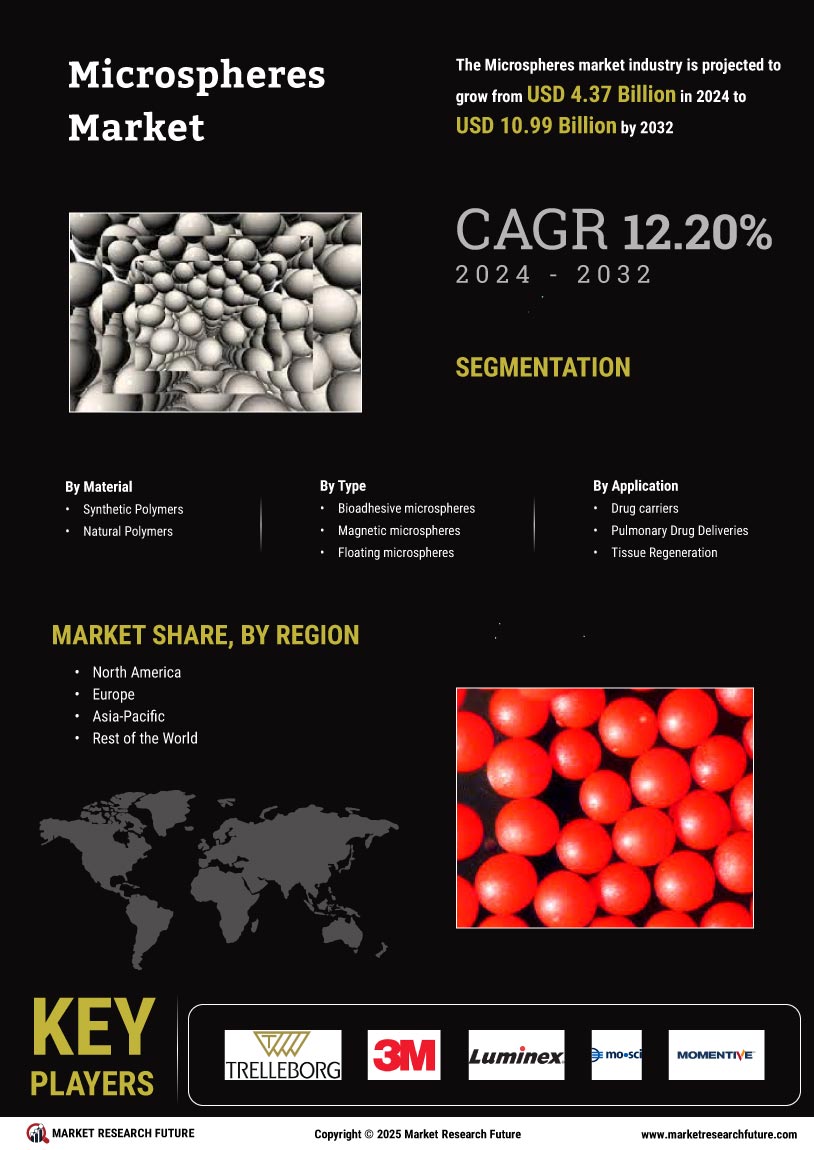

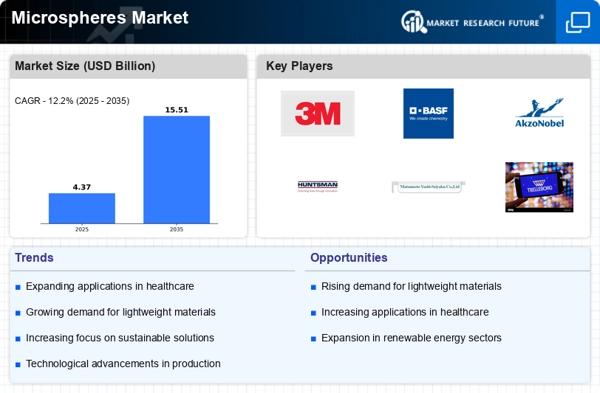
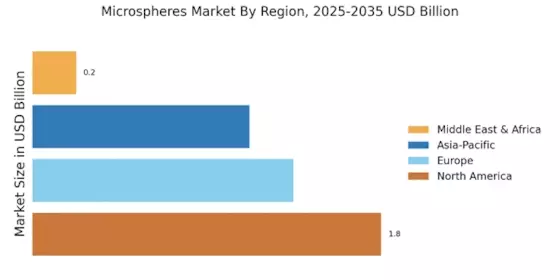

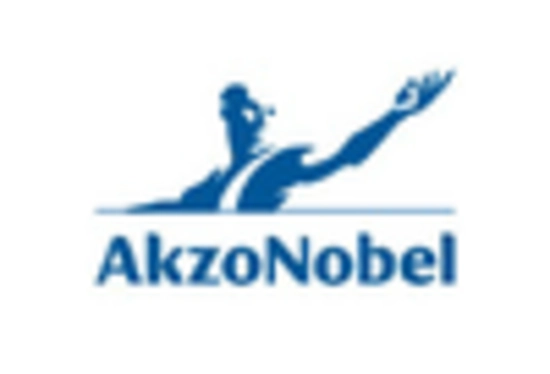


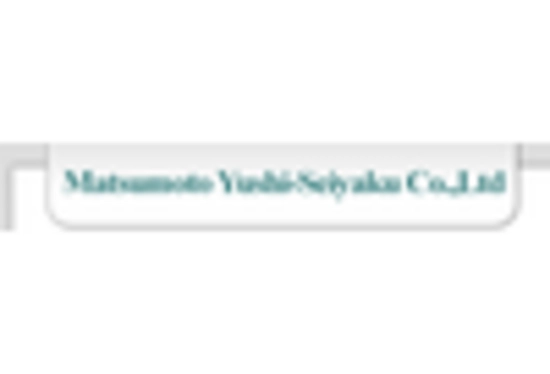
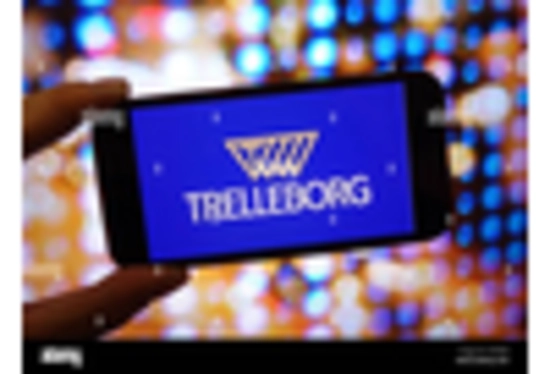








Leave a Comment